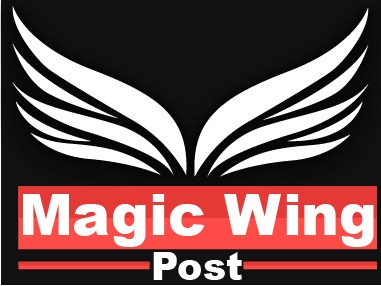FastDL, short for Fast Download, is a critical technology for any web service that requires efficient file distribution. It is particularly popular in gaming communities for distributing maps, mods, and other game assets swiftly. In this blog post, we will delve into the best practices for optimizing FastDL to ensure swift and reliable download speeds for your users.
Understanding Download Speed Optimization
Optimizing download speeds involves a combination of server-side configurations, efficient bandwidth management, and the use of modern technologies like Content Delivery Networks (CDNs). Fast download speeds not only improve user experience but also reduce server load and enhance overall service reliability.
Best Practices for Optimizing FastDL
Server Configuration
Proper server configuration is the backbone of FastDL optimization. Here are some key considerations:
- Choose the Right Server: Select a server that offers high bandwidth and low latency.
- HTTP/2: Implement HTTP/2 to benefit from multiplexing, header compression, and other improvements over HTTP/1.1.
- Caching: Configure caching to reduce server load and improve response times.
File Compression
Compressing files can significantly reduce their size, leading to faster downloads. Techniques include:
- Gzip Compression: Use Gzip to compress text files such as HTML, CSS, and JavaScript.
- Image Optimization: Employ tools like Squoosh to compress image files without losing quality.
- Minification: Minify CSS and JavaScript files to remove unnecessary characters and whitespace.
Bandwidth Management
Efficient bandwidth management ensures that download speeds are optimized across all users. Consider the following:
- Rate Limiting: Implement rate limiting to prevent any single user from consuming excessive bandwidth.
- Load Balancing: Use load balancers to distribute traffic evenly across multiple servers.
- Burst Handling: Configure burst handling mechanisms to manage sudden spikes in traffic.
Content Delivery Networks (CDNs)
CDNs can drastically improve download speeds by distributing files across multiple geographically dispersed servers. Benefits include:
- Reduced Latency: CDNs serve files from the nearest server to the user, minimizing latency.
- Scalability: CDNs can handle large volumes of traffic without impacting download speeds.
- Reliability: CDNs offer redundancy, ensuring files are available even if one server fails.
Monitoring and Analytics
Regular monitoring and analytics help identify and address any issues that may affect download speeds. Key practices include:
- Performance Monitoring: Use tools like Google Analytics and Pingdom to monitor download performance.
- Error Logging: Implement error logging to quickly identify and resolve any issues.
- User Feedback: Collect and analyze user feedback to understand their experience and identify areas for improvement Read Previous Article Here MTYouTube.
Common Challenges and Solutions
Despite best practices, you may encounter challenges in optimizing FastDL. Here are some common issues and their solutions:
- High Latency: Use a CDN to reduce latency by serving files from servers closest to the user.
- Bandwidth Constraints: Implement bandwidth management techniques like rate limiting and load balancing.
- Server Downtime: Ensure redundancy with CDNs and have backup servers ready to minimize downtime.
Conclusion
Optimizing FastDL is crucial for providing a seamless and efficient download experience for users. By following best practices in server configuration, file compression, bandwidth management, and using CDNs, you can significantly improve download speeds. Regular monitoring and addressing common challenges promptly will ensure sustained performance and user satisfaction.
FAQs
Q1: What is FastDL?
A: FastDL, or Fast Download, is a technology used to distribute files quickly and efficiently, commonly used in gaming communities to distribute game assets like maps and mods.
Q2: How does server configuration affect FastDL performance?
A: Proper server configuration, including choosing the right server, implementing HTTP/2, and setting up caching, is crucial for optimizing FastDL performance and ensuring high download speeds.
Q3: Why is file compression important for FastDL?
A: File compression reduces the size of files, which leads to faster downloads. Techniques such as Gzip compression for text files and image optimization can significantly enhance download speeds.
Q4: What role do CDNs play in optimizing FastDL?
A: Content Delivery Networks (CDNs) distribute files across multiple servers worldwide, reducing latency, increasing scalability, and improving reliability, thus optimizing download speeds.
Q5: How can bandwidth management improve FastDL performance?
A: Efficient bandwidth management, including rate limiting, load balancing, and burst handling, ensures that download speeds are optimized and prevents any single user from consuming excessive bandwidth.
Q6: What tools can I use to monitor FastDL performance?
A: Tools like Google Analytics and Pingdom can be used to monitor download performance, track issues, and gather user feedback, helping to maintain and improve FastDL performance.
Q7: What are common challenges in optimizing FastDL and how can they be addressed?
A: Common challenges include high latency, bandwidth constraints, and server downtime. Solutions involve using CDNs, implementing bandwidth management techniques, and ensuring server redundancy to minimize downtime.






